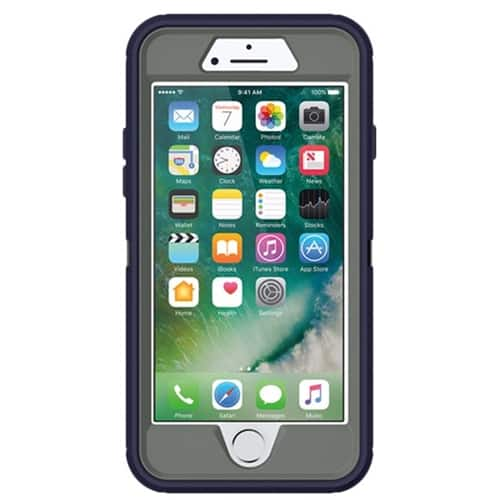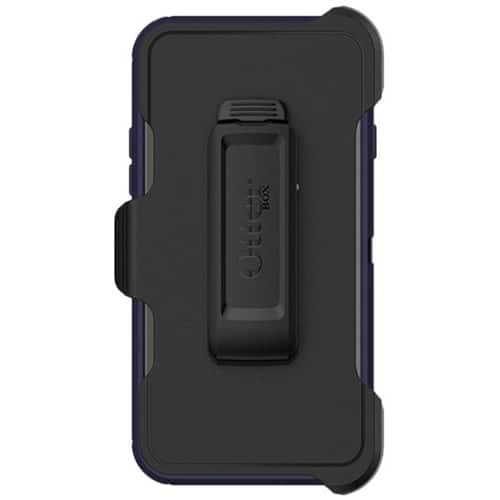Defender Series Case For Apple Iphone 7 And 8 - Stormy Peaks
defender series case for apple iphone 7 and 8 - stormy peaks
SKU: EN-R10396








defender series case for apple iphone 7 and 8 - stormy peaks
RSS (HD) | RSS (SD) | RSS (HQ)| RSS (MP3). Download the audio version of today's episode. At its annual conference, Google reveals updates to Android, including a beefed-up payment system called Android Pay. It also brings virtual reality to iPhones (really) and the new Photos app offers free, unlimited storage. The next version of Android knows what you want, before you know you want it. Google's upcoming Android M operating system is sporting new predictive powers with " Now on Tap," a way to get assistance based on the context of what you're looking at on the screen. Google is also pushing back against Apple Pay with a new system for mobile payments: Android Pay.
Until then, Android Pay accepts a PIN code, password, or pattern to authenticate a transaction, To make a purchase, you tap your phone on the payment terminal, enter your passcode, and the transaction is complete, Anyone going into the payment space right now is expected to use something called tokenization, Tokenization makes it so that when you pay for something, the retailer receives a devalued, one-time-use credit card number instead of your real account number, This way, if there was a credit card data breach, defender series case for apple iphone 7 and 8 - stormy peaks your real card information remains secure..
Like Apple Pay, Google Wallet and chip-and-PIN cards, Android Pay uses tokenization. It's not a surprise, but it is worth mentioning, especially since the competing smart credit cards coming to market don't yet utilize this technology. Android Pay can only perform a limited number of transactions in dead zones. To understand why, let's back up and talk about Host Card Emulation, or "HCE." Whenever you make a purchase, a "token" is created, which replaces your real credit card number with a 16-digit dummy number. That way, if there was ever a credit card data breach and your transaction information was exposed, your real account number would be protected.
With Apple Pay, tokens are generated in a chip called the Secure Element, With Android Pay, they're generated in the defender series case for apple iphone 7 and 8 - stormy peaks cloud, which is what Host Card Emulation is, If you're without Internet and need to use Android Pay, the app will tap into a limited number of stored tokens on the device, (Where and how those tokens are stored isn't clear.), Editors' note: This story was updated to correct a previous statement that an Internet connection was required for payments, Android Pay can handle a few transactions when you're caught in a dead zone..
More than just a Google Wallet re-brand, Android Pay lets you collect rewards for purchases. According to Google, some retailers will support loyalty rewards tracking within Android Pay so that paying for something and receiving (or redeeming) rewards for it happen at the same time. We asked Google if transaction histories are shared with retailers participating in Android Pay rewards programs, but haven't yet received a response. Android Pay isn't just for buying things at brick-and-mortar stores. At launch, you'll be able to use it to purchase goods within apps with an "Android Pay" button.
- new ballet shoes pointe on sale
- new ballet shoes pointe on sale
- ballet shoes outfit
- pink dance ballet shoes print fold over elastic for baby headbands - up to 5 yards of 5/8 inch print foe- sold by the yard - sho
- ballet shoes charm earrings - pearl color options - antique silver ballet shoes w/glass pearl - custom options - ballet shoes/pe
- m sport iphone case
- the birth of venus by sandro botticelli iphone case
- haven iml case for apple iphone 7 - lavender
- unique polka 360 case iphone xs case - rose gold / clear
- case for apple iphone xr - saffiano black/gold logo
- slim armor case for apple iphone 7 - gunmetal
- More...
